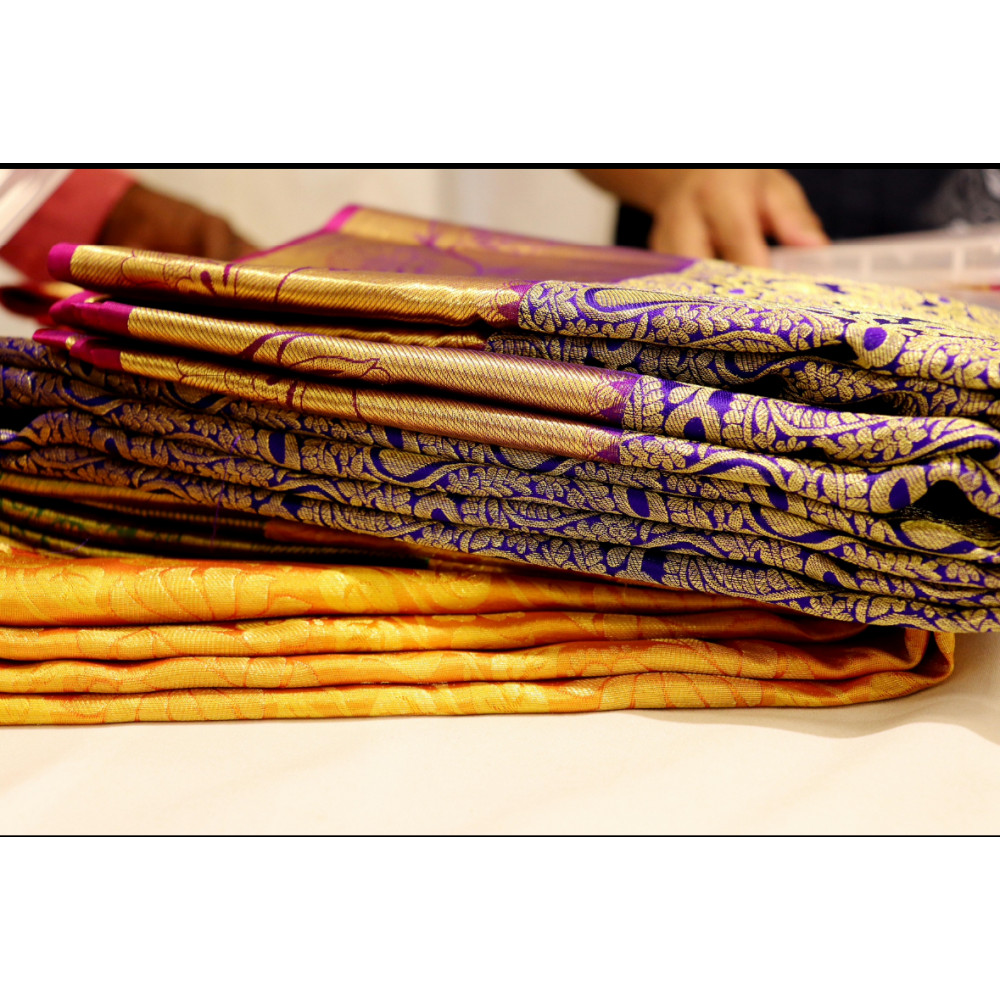The Role of the Handloom Sector in India: Weaving Tradition into the Future
India is a land of diverse cultures, rich traditions, and vibrant arts. Among the many treasures this country offers, the handloom sector stands out as a symbol of our heritage and craftsmanship. The handloom industry in India isn't just about fabric—it's a living tradition, a way of life that has been passed down through generations. Today, this sector plays a crucial role in the country’s economy, culture, and identity. Let’s explore how handlooms continue to weave the fabric of India, quite literally.
A Legacy Woven in Threads
The history of Indian handlooms dates back thousands of years, with references found in ancient texts and depictions in old temples and monuments. The beauty of Indian handloom lies in its diversity—each region of India has its own unique weaving technique, patterns, and designs, reflecting the local culture and environment.
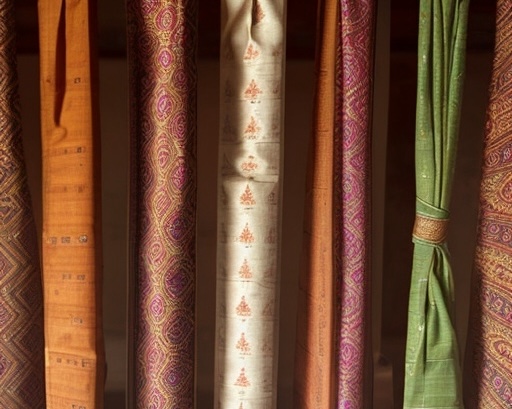
From the vibrant Phulkari of Punjab to the intricate Jamdani of Bengal, from the bold colors of Bandhani from Gujarat to the classic elegance of Kanjeevaram silk from Tamil Nadu, each handloom product tells a story. It’s not just about clothing; it’s about wearing a piece of history, a piece of India.
The Economic Backbone for Millions
The handloom sector is not just culturally significant; it’s an economic lifeline for millions of people across the country. Over 4.3 million weavers and allied workers rely on this industry for their livelihood. This makes the handloom sector the second-largest employment provider in rural India, following agriculture.
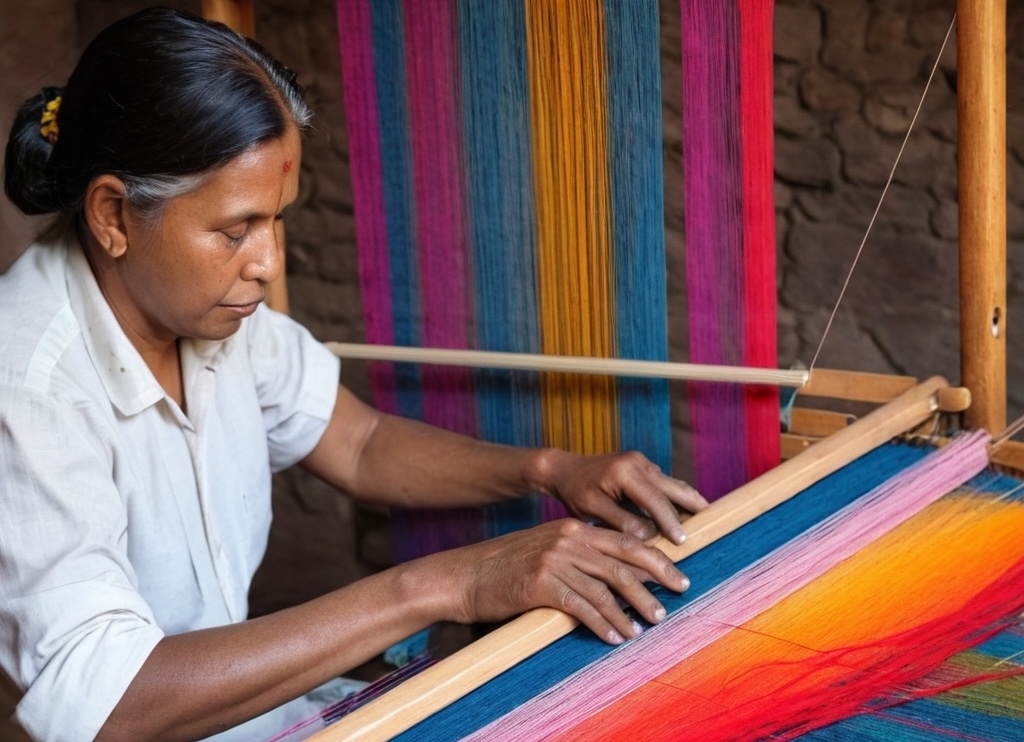
Despite the challenges posed by modern industrialization and mechanized textile production, handlooms continue to thrive, thanks to the skill and dedication of these artisans. However, the sector is more than just an economic contributor; it’s a force for social good, empowering women and marginalized communities by providing them with sustainable livelihoods.
Preserving Tradition in a Modern World
In an age of fast fashion and disposable clothing, handlooms stand as a testament to sustainability and mindful consumption. Handwoven fabrics are often made from natural fibers like cotton, silk, and wool, and the weaving process itself is environmentally friendly, requiring minimal energy and resources.
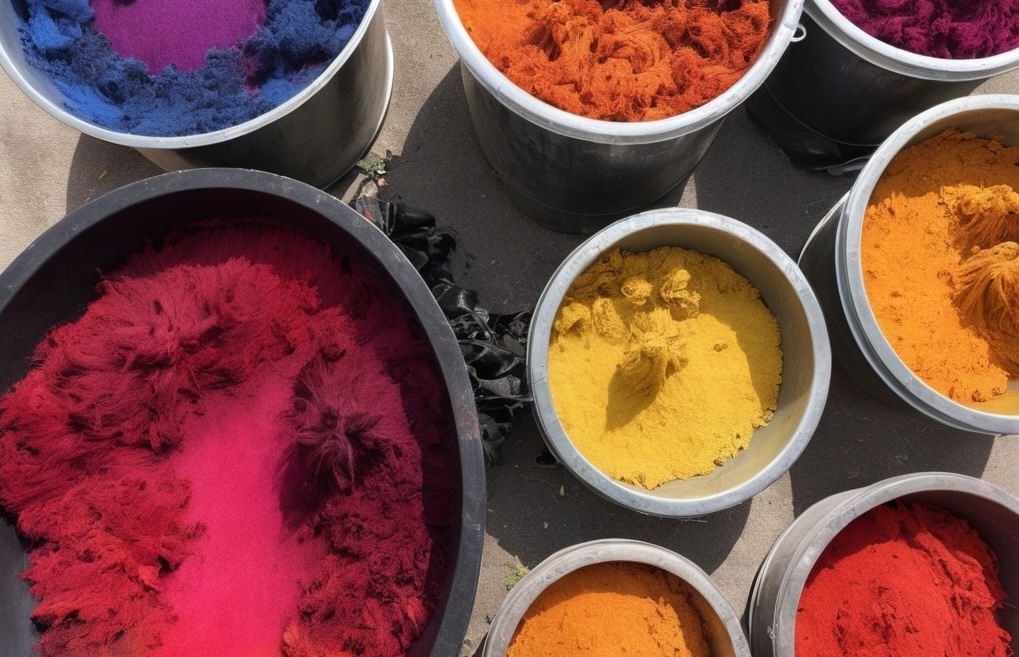
Moreover, handloom products are known for their durability and timeless appeal. Unlike mass-produced items, a handloom saree or shawl can last for decades, often becoming an heirloom piece passed down through generations. By choosing handloom, consumers are not only supporting traditional artisans but also making a conscious decision to embrace sustainable fashion.
The Cultural Ambassador of India
Handloom fabrics are more than just textiles; they are cultural ambassadors that represent India on the global stage. Indian handloom products are highly sought after in international markets for their quality, craftsmanship, and authenticity. They are often showcased in global fashion shows, worn by celebrities, and appreciated by connoisseurs of fine arts.

The government of India has also recognized the importance of promoting handlooms. Initiatives like the National Handloom Day, celebrated on August 7th each year, aim to increase awareness and appreciation of handloom products both within the country and abroad.
Challenges and the Way Forward
Despite its many strengths, the handloom sector in India faces significant challenges. Competition from power looms, fluctuating market demand, and the threat of losing traditional skills are ongoing concerns. Additionally, the impact of the COVID-19 pandemic has hit artisans hard, disrupting their livelihood and making it difficult to access markets.
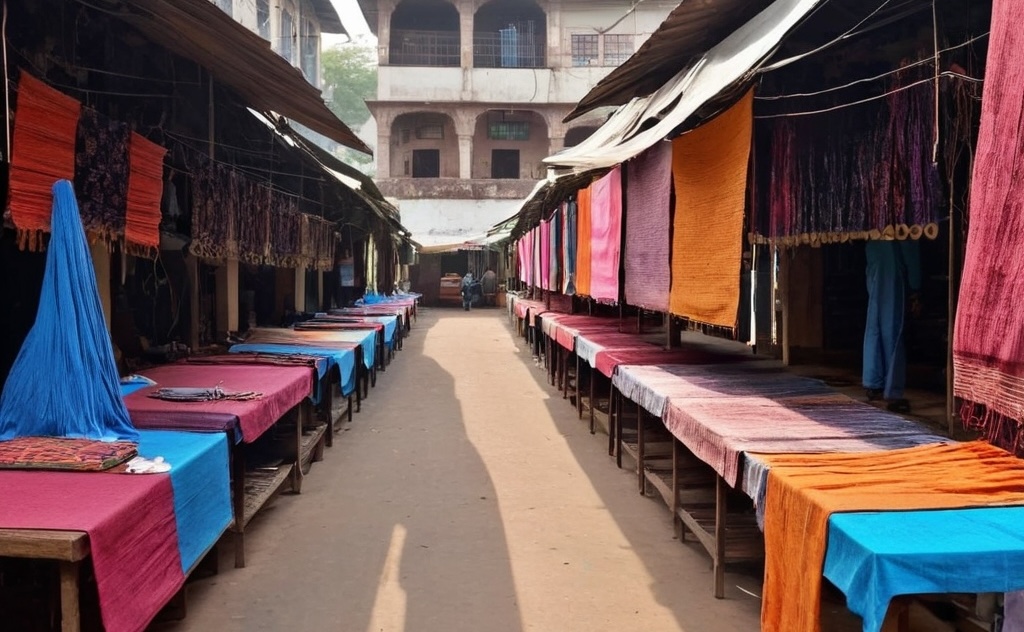
To overcome these challenges, there is a need for greater support from both the government and consumers. Initiatives that provide financial aid, access to markets, and skill development are crucial. On the consumer side, there needs to be a collective effort to prioritize and purchase handloom products, recognizing the value they bring to our lives and the communities that create them.
Conclusion: Weaving the Future
The role of the handloom sector in India is as significant today as it was centuries ago. It’s not just an industry; it’s a living tradition that connects us to our roots while paving the way for a sustainable future. As consumers, when we choose handloom, we’re not just buying a piece of fabric—we’re supporting a heritage, a way of life, and millions of artisans who are the backbone of this beautiful tradition.
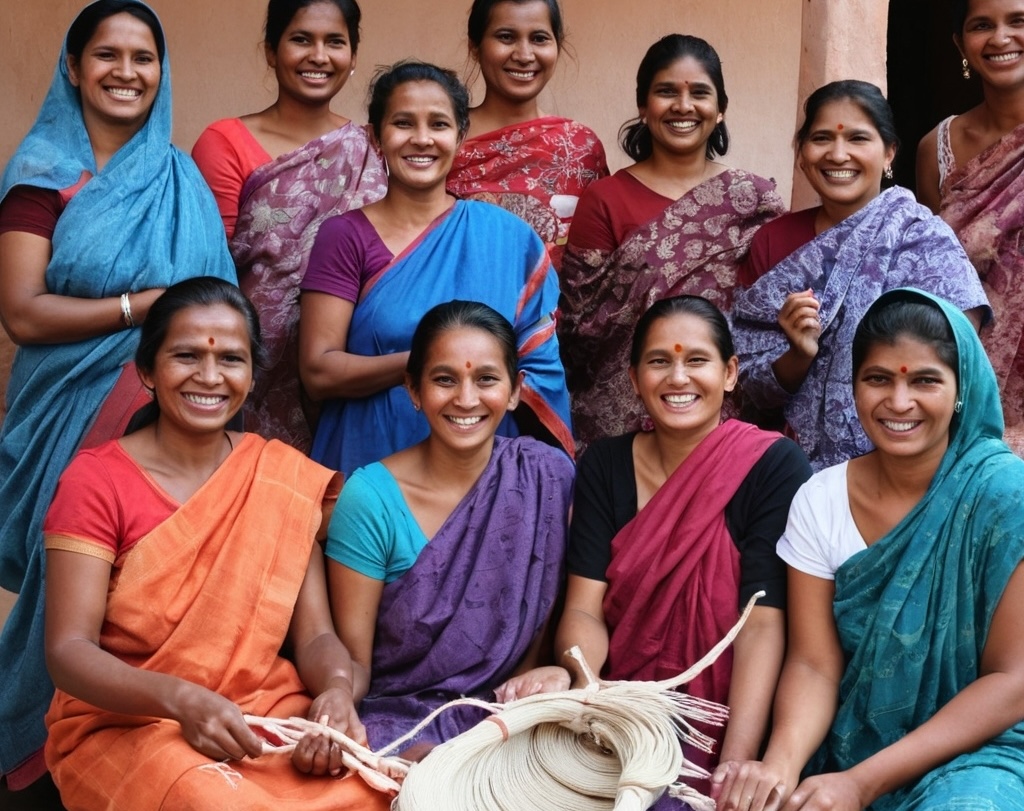
Let’s celebrate the handloom sector for what it is—a vital thread in the rich tapestry of India. By supporting handloom, we’re not just preserving the past; we’re weaving a brighter, more sustainable future for generations to come.


